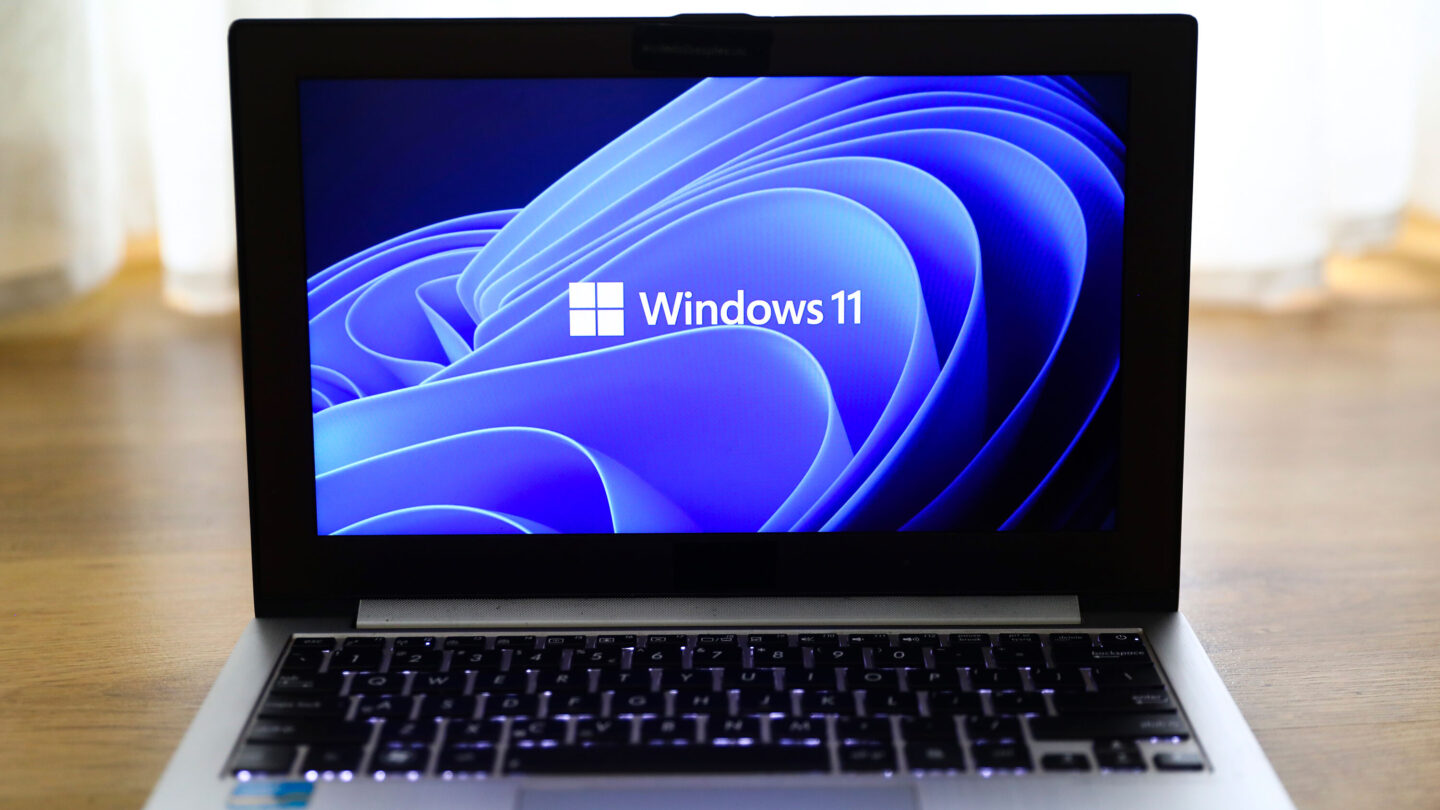The IT giant has formally released the first significant upgrade to Windows 11 over a year after the operating system’s debut.
On Tuesday, the update—which is free for current Windows 11 users—was made accessible in more than 190 nations. Microsoft’s vision for the future of mixed work is emphasised by a number of the new capabilities.
In a blog post introducing the upgrade, Panos Panay, the EVP and chief product officer of Windows and Devices at Microsoft, stated, “We have developed new habits; and they stuck.” “To ensure that Windows changes and adapts to you, our effort is never done.”
Panay explained how the most recent update intends to make remote work on the PC even easier and more safe. He claimed that Windows 11 is the most popular version of Windows in history. An innovative technology called Smart App Control, for instance, use AI to prevent harmful or dubious apps from operating on devices. Windows 11 is the operating system that Microsoft claims to be the safest one yet.
Improvements have also been made to the Snap layouts tool, which helps users optimise their view when they need to have several apps or documents open at once. To assist you avoid distractions that take your attention away from the activity at hand, it is also providing a “Focus sessions” feature and a “Do Not Disturb” option. It will switch on the Do Not Disturb feature, which mutes all notifications and disables taskbar badges, when you begin a new concentration session.
A quicker and more precise search function and additional menu customization options are among the updates to the Start menu. The File Explorer now has tabs, which Panay claimed was the most frequently requested feature by Windows users.
Meanwhile, a new programme called Windows Studio Effects uses artificial intelligence (AI) technology to blur background objects and filter out background sounds like lawnmower and baby cries in order to enhance video and audio chats. On video calls, it also subtly raises the speaker’s eyes to give the impression that they are staring directly into the camera.
A few of Microsoft’s previously announced accessibility features are also being made available, including system-wide live captions, which on Windows 11 automatically create captions from any audio content, and an update to Natural Voices for Narrator, which more closely mimics natural speech patterns and aids in reading documents or browsing the web.
Many of Microsoft’s new inclusion features were created in part by company employees with disabilities, the company previously told CNN.
According to a separate blog post by Microsoft, the update is being distributed in a “measured and staggered rollout” fashion. The update is easily accessible to users with compatible devices by simply opening “Windows Update” in their settings.








